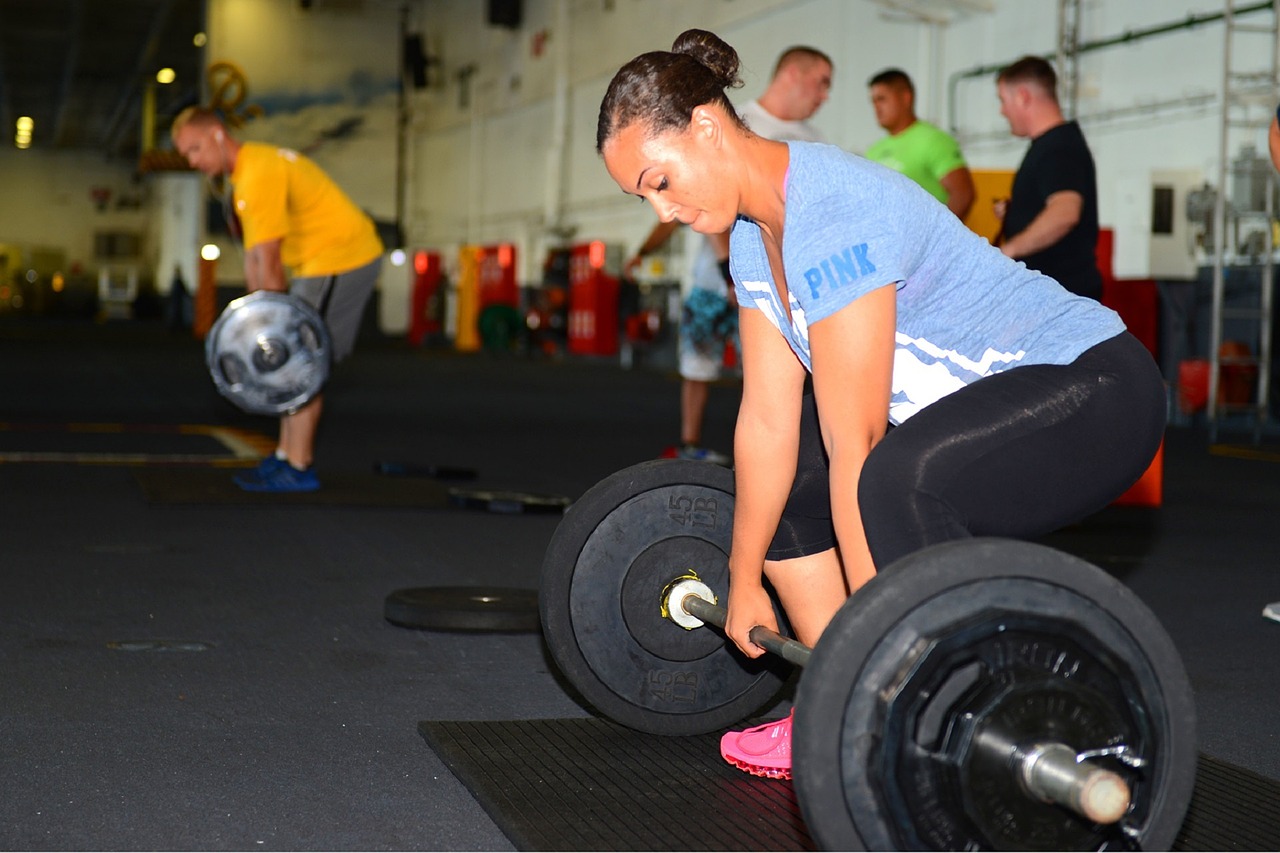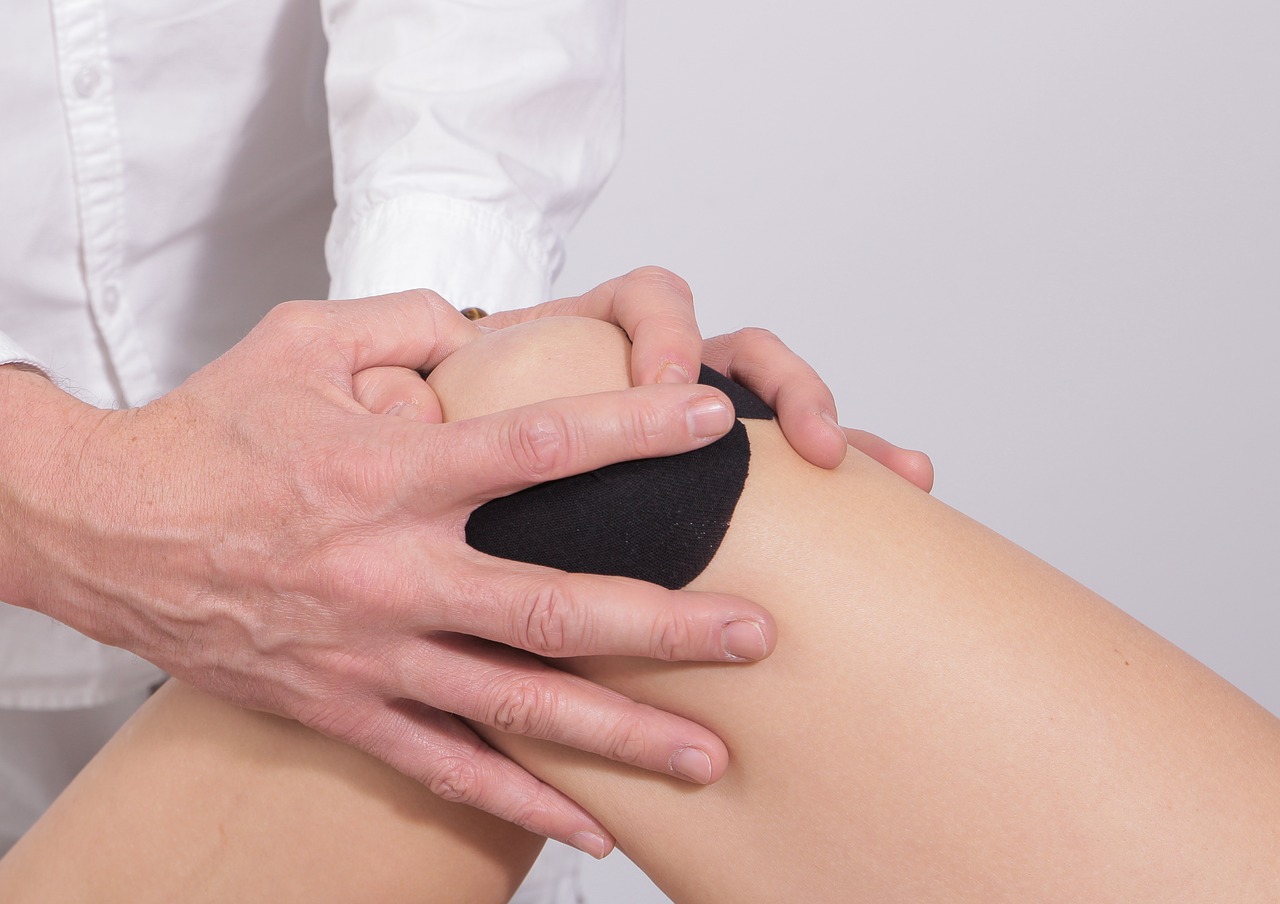I’m sure a lot of us reading this article right now have had an injury in the past that has settled or has persisted over time, and a lot of times you find yourselves asking why is this still going on or what else can I do for that injury to settle completely.
I am also aware that there are a lot of mixed messages given to us these days whether or not to exercise so that we could potentially improve or worsen the symptoms.
While this is a huge area of discussion, our focus for this blog will be on how we can identify chronic inflammation and what can we actually do to reduce the symptoms, just because it’s never impossible!
Let’s go back and review our high-school biology basics…
Inflammation is our body’s very natural protective and beneficial response to any injury in order to repair the tissues and return to its previous healthy state as much as possible and as quickly as possible.
All the tissues in our body whether they are muscles, tendons, ligaments, nerves, bones, cartilage or organs, are made up of different types of cells and hence have their own inflammatory and healing processes.
Acute inflammation occurs suddenly and is short in duration, characterised by redness, heat, swelling and pain after an injury for e.g. an ankle sprain.
Chronic inflammation refers to slow tissue healing that persists for a long period of time. It occurs when our body fails to remove or stop all the processes that caused the acute inflammation in the first place. This is where our immune system has forgotten to switch off the inflammation button in our bodies.
The reason for these low-grade, persistent reactions, regardless of the mechanism of injury, could be due to both intrinsic factors that include posture, physical mal-alignments, muscle weakness, stress, sleep deprivation, nutrition, age, gender, hormones, alcohol consumption, smoking; and extrinsic factors that include nature of occupation, repetitive movements, changes in climate and temperatures, reduced physical activity or lack of exercise.
How do I know I have chronic inflammation?
While an acute ankle sprain with lots of swelling at the start can progress into that focal chronic swelling leading to ongoing pain and instability, chronic inflammation is not only that. It can also occur from within.
Therefore, conditions such as chronic neck, shoulder and low back pain, osteoarthritis, rheumatoid arthritis, osteoporosis, chronic respiratory (e.g. bronchitis, asthma), heart (e.g. atherosclerosis), digestive (e.g. irritable bowel disease) and metabolic (diabetes) conditions, and many more, are amongst the most commonly treated and managed as a result of chronic inflammatory processes, with a lot of inflammatory markers and mediators floating around in the individual’s system who are suffering from them.
Signs and Symptoms of Chronic Inflammation…
- Feeling and looking really tired all the time
- Irritating tummy symptoms like gas, bloating, diarrhea or even constipation
- Disrupted sleeping pattern or waking due to pain
- Frustration and unmotivated towards exercise
- Mood swings
- Skin changes e.g. eczema, redness, acne, etc.
- Raised blood sugar levels
- Changes in blood pressure
- Changes in appetite
Note: All of us are very different and that’s what makes us unique in our own special way, however, the above are listed possible signs and symptoms which are not exhaustive, are noticed quite a lot in the clinic and are to be used as a guide to assist you in seeking appropriate help from your medical practitioner.
How is exercise relevant to chronic inflammation?
We all know that exercise is good for us and countless researches have also shown and proven in writing that it is the most effective way to reduce pain, strengthen muscles and prevent injuries. But how are they relevant to chronic conditions?
Think about the time you went for a walk or run in the park, took your dogs for a walk or strolled along the beach and coming home feeling so refreshed and relaxed that you want to do it again the next day!
Happy hormones such as endorphins serotonin are released when we exercise, that leaves us happy and feeling far away from pain. I know that’s baby stuff, but at the same time, it also reduces the levels of adrenaline and cortisol, which are also meant to be beneficial hormones, however, add to our dilemma when we take our on-the-go lifestyle into consideration!
You may be rolling your eyes going, duh.
But when it comes to chronic inflammation, put your hand up if you at once rest your face in your hands and think, “I don’t even know what to do, that beach walk left me in pain for days, it’s too painful to exercise, I’m sore for days after a struggling session…”
There is a lot of evidence to support the fact that moderate exercises have shown to improve symptoms of chronic inflammation by lowering the amount of inflammatory markers and C-reactive protein, as opposed to strenuous exercises in the long run (Beavers et al, 2010).
So simply, here’s what to do…
- Speak to your medical practitioner about your interest in exercising, and they will be able to do all your baseline checks for you.
- Don’t know where to start? The key is to start small to be able to achieve big and maintain it. Pick an activity that you would like to do the most, for example, swimming, walking, bike riding, etc.
- Use resources around you, whether it is the leisure centre close by, community centre, clinics that offer exercise classes such as clinical Pilates at a physiotherapy clinic, etc.
- Prefer to do things yourself? Not a problem! Keep a diary, note down the amount of time you can walk, walk in a pool, swim or ride before you start to struggle. Do it again the next day at half the amount of time and increase it a little at a time every other day.
- Recommended options that would be safe for you:
- Hydrotherapy: Exercises performed in a warm pool, which can be catered to any conditions for rehabilitation.
- Clinical Pilates: Focuses on core strengthening and whole body stability.
- Balance and Strengthening: Exercises based on functional movements that you require doing your activities of daily living, e.g. mini-squats/squats would mimic a sit to stand movement, a lunge would allow you to modify your lifting by widening your stance.
- Gym-based program: Tailored to suit every individual to overcome chronic pain and inflammation.
Chronic pain can be overwhelming, however, I believe that all of us suffering from this broad-spectrum condition can overcome this to be able to lead a pain-free lifestyle!
At Enhance Physiotherapy, we offer all the options mentioned above at our clinics, and they are tailored specifically to you by our lovely physiotherapists!
If you feel that you’re not sure what is right for you, you’re most welcome to pop in to see us and ask as many questions as you like, as we will be more than happy to answer them for you and so that you are able to get the help you need!



